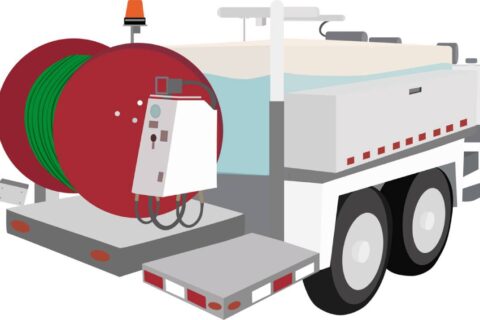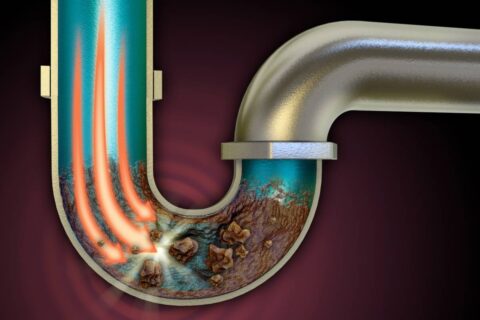Why We Advise Against Using Drano
Drano and other chemical drain cleaners are a plumber’s worst nightmare. These seemingly easy-to-use products offer short-term solutions, but the truth is that they cause serious long-term problems as well as short-term complications. Using a chemical drain cleaner could ultimately cost thousands of dollars in damage. With that in mind, let’s take a few minutes to look at what chemical drain cleaners actually do to your plumbing and the alternative methods that are available to you. Here’s why we advise against using drano.
Why We Advise Against Using Drano
Chemical drain cleaners are made of powerful, caustic chemicals. In some cases with shallow clogs they can work passably well, but they typically only work to push the clog further down the pipe. In addition to not being a great long-term solution, chemical drain cleaners come with a laundry list of adverse side effects. They are “horrible for the environment” while also being dangerous for people and your pipes.
The chemicals used in these drain cleaners are incredibly corrosive. Over time they can actually erode the interior of your pipes. This weakens their overall structure and makes them more likely to crack or break. In addition, these chemicals are incredibly harmful to human tissues. That is why your plumbing contractor in Pasadena will typically ask you if you have used a chemical drain cleaner recently. If you’ve used one of these products in the past few months, your plumbing contractor will have to wear extra protective gear to ensure the product doesn’t come into contact with their skin, eyes, or mouth.
What to Use Instead
For the most part, a physical drain cleaner is the best choice for you and your pipes. In fact, you can easily clear minor to moderate clogs on your own with something as simple as a plunger or auger (sometimes called a drain snake) as long as you’re using them correctly. People commonly use the wrong plungers for their drain and fail to create a complete seal as a result. Before using a plunger or auger, make sure you have the right one for the job and double-check on their proper usage. Here are some quick tips to get you started.
- Plungers: There are two primary types of plunger. A basic sink plunger is shaped like a wide bell. It’s meant to be used on a flat surface drain like the ones you find in a sink or shower. A flange plunger has an additional rubber flap that extends beyond the initial bell shape. This allows the plunger to create a seal inside of a toilet. By using the right shape, you will make it much easier to create the seal you need. Then just pump the plunger for 30-60 seconds, and you should be able to loosen the clog.
- Augers: Drain snakes are a bit more straightforward, but they can require some finesse. These tools are designed to drill into the clog itself, breaking it up, and pulling out as much as possible. It doesn’t always work on the first try for an unpracticed hand, so try to be patient.
Drain Cleaning
When these tools aren’t enough to get through your clog, contact New Generation Plumbing for drain cleaning in Highland Park. With professional tools and years of experience, your local plumbing contractor can get your drains cleared properly the first time. As long as you take care of your drains by keeping toiletries, grease, and other obstructive products out of them, you’ll find that your results last much longer than a chemical drain cleaner, all without damaging your pipes or the environment.


